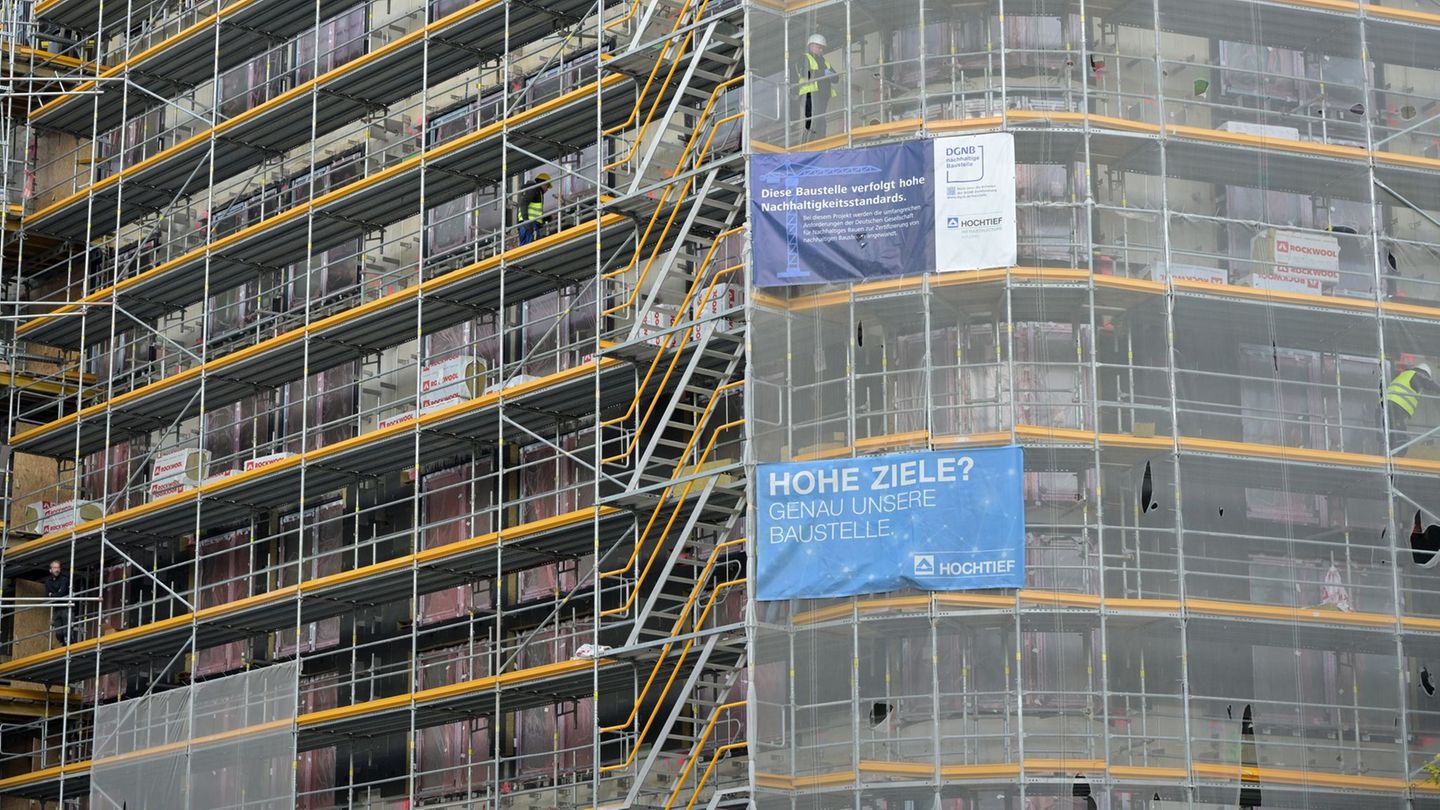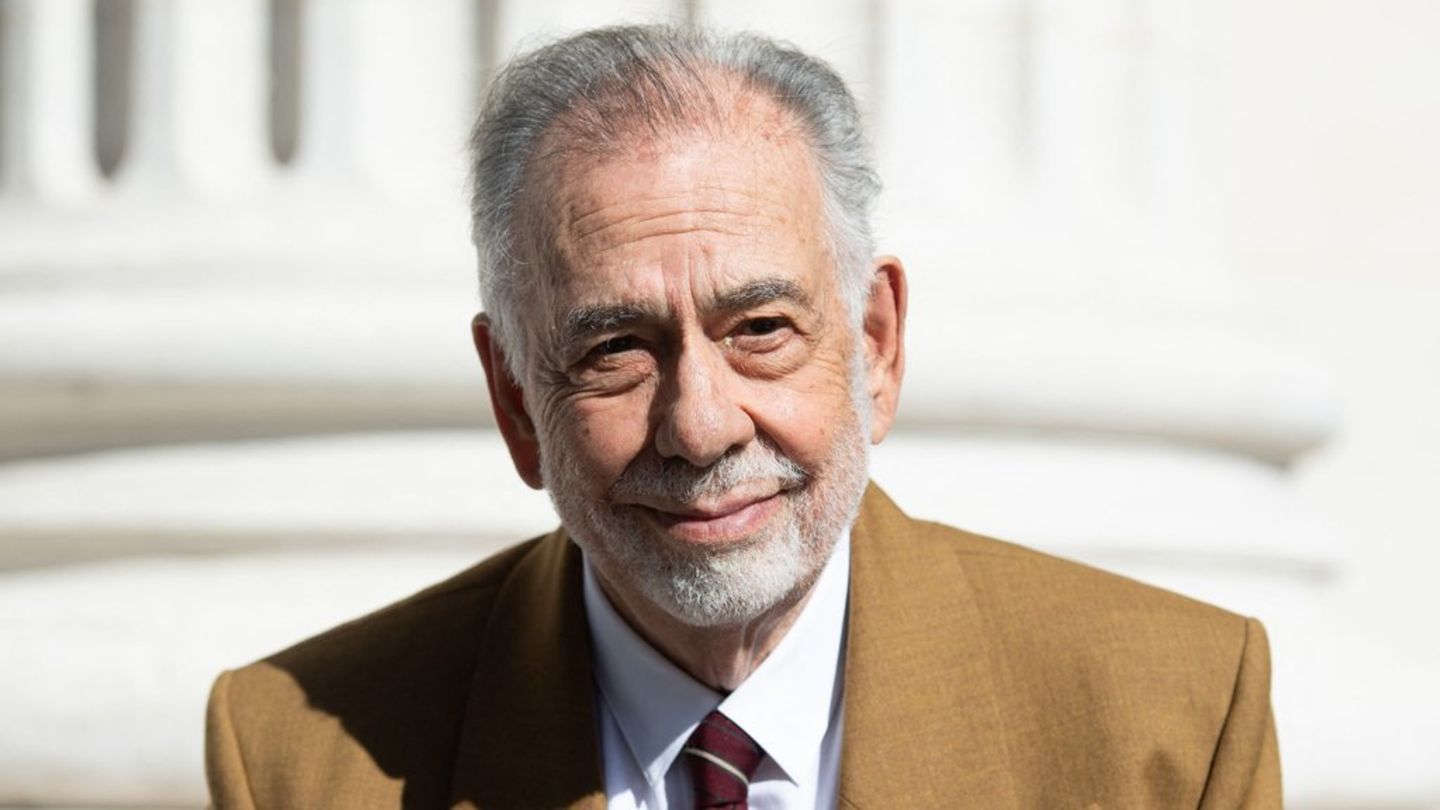The incident happened during the early hours of the morning on the Reykjanes peninsula. It is the third eruption that has occurred since December 2023.
The seismic activity rose during the beginning of the year in Iceland and during the early hours of Thursday caused a volcano erupts on Reykjanes Peninsula, Iceland. The event was recorded and broadcast on television.
The content you want to access is exclusive to subscribers.
The volcanic activity took place about five kilometers north of Grindavika few minutes from a port city of only 4,000 inhabitants. It is the third eruption recorded since December 18, 2023.


A controlled eruption
The eruption was located in the Reykjanes Peninsulain a port city located 5 kilometers from Grindavik municipalityAs confirmed by the spokesperson of the civil protection service, Hjördus Gudmundsdóttir. “At 05:30 (local time and GMT) in the morning, a small earthquake began to intensify northeast of Sýlingarfell. About 30 minutes later, an eruption began in the same area,” detailed the Icelandic Meteorological Office (IMO).
Despite the impact generated by the event, the eruption of the Fagradalsfjall volcano was being monitored by the authorities because seismic activity increased in recent months, increasing the possibilities of a phenomenon of this nature occurring. Given these forecasts, the small town inhabitants they had already been evacuated as a precaution on November 11.
According to Kristín Jónsdóttir, a seismologist at the IMO, the area in which the eruption occurred is “quite favorable” and “there are no threatened infrastructures“. “The situation is under control, there is no danger,” said the spokesperson for the civil protection service.
It is the third time, since December 18, that the country has volcanic activity. “According to the first reports from the coast guard surveillance flight, the eruption took place in the same area as the one on December 18. The fissure is about three kilometers long.“, they concluded from the IMO.
The incredible images of the volcano that erupted
The last eruption had been recorded on January 15, also near the Municipality of Grindavik. This time, it was the Fagradalsfjall volcano the one that threw liters of lava from its fissures.
The country’s television media took the first images showing red lava flows and one cloud of smoke that arise from a fissure in the earth, in the middle of the Icelandic night. Soon, the videos and photographs They were shared by social media users, going viral.
Embed – https://publish.twitter.com/oembed?url=https://twitter.com/RichiGDavila/status/1755523038399934735&partner=&hide_thread=false
I just recorded this video from my house in #Keflavíkin Iceland.
This is how we woke up today, with the fourth eruption of the Grindavík volcano.
It is absolutely impressive to see it from so close and to be able to hear and feel it.
The force of nature, what enormous respect. pic.twitter.com/ncY0kWoioR
— Richi González Dávila (@RichiGDavila) February 8, 2024
4PLvaqqap_ScePZ2.mp4
The eruption occurred at 5:30 in the morning in Iceland.
Reuters
A2zdgZ8OGToMlvBJ.mp4
Television captured the moment where the volcano began its eruption.
Reuters
volcano 3.jpg
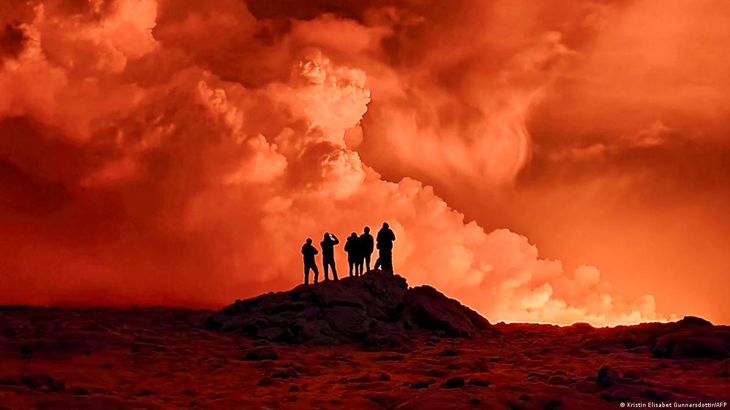
Some reporters were photographed near the volcano
AP
VOLCANO 4.jpeg
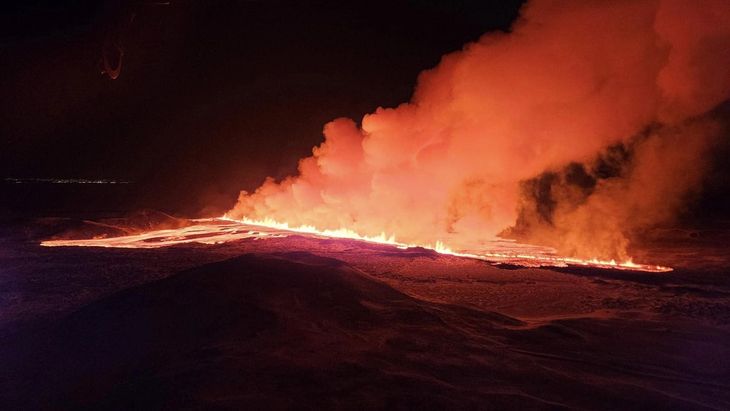
The last eruption had occurred on January 18, 2024.
AP
iceland volcano.jpeg
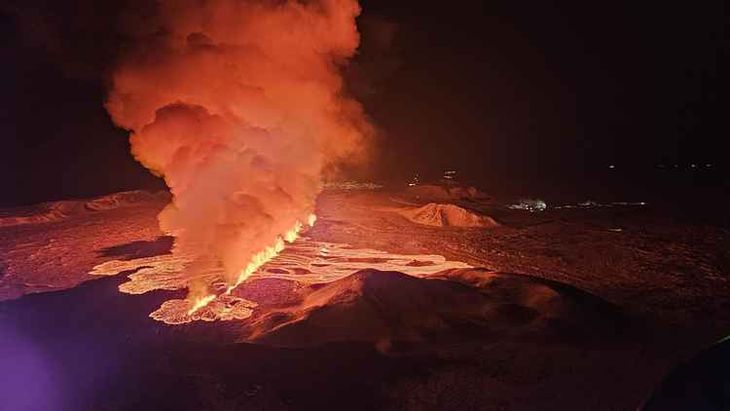
Icelandic authorities assured that the situation is “under control.”
AP
Source: Ambito


